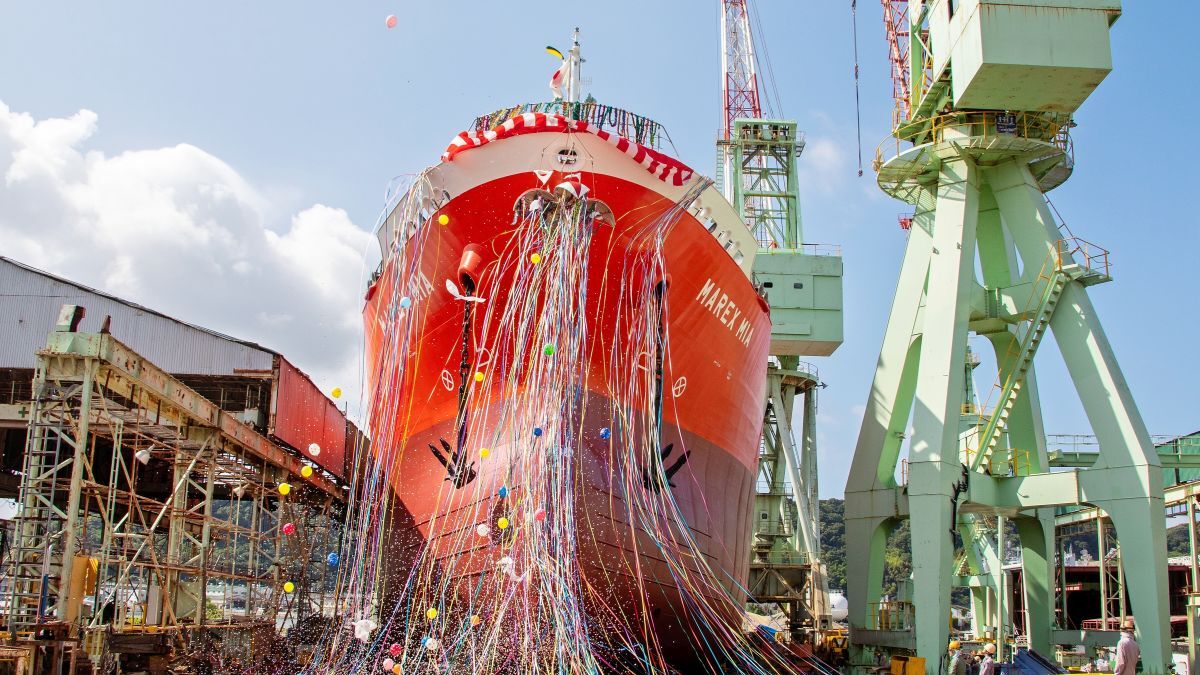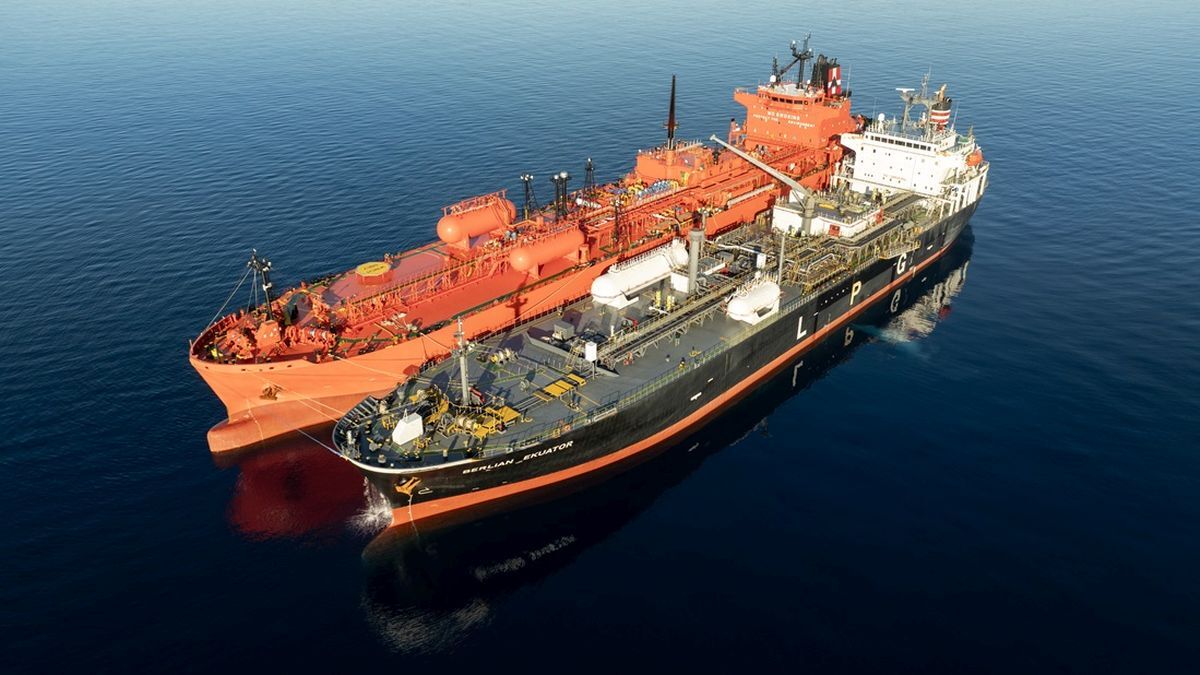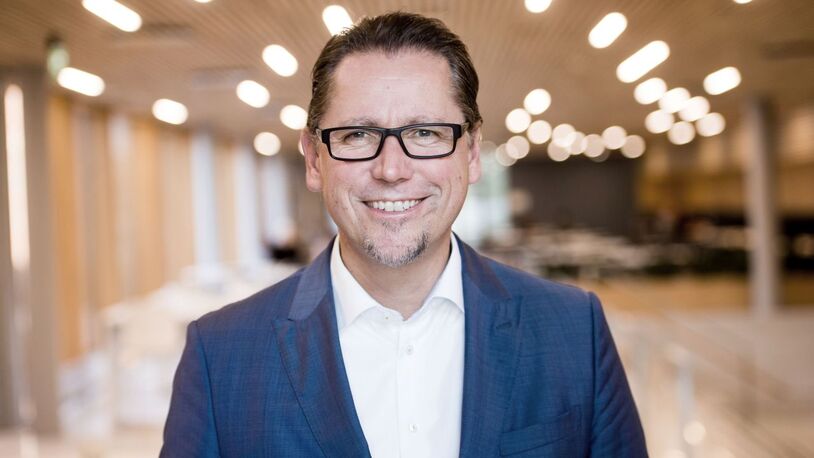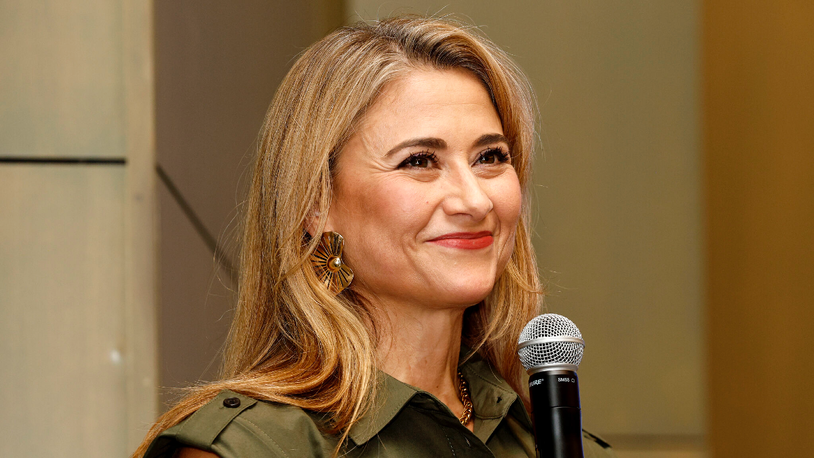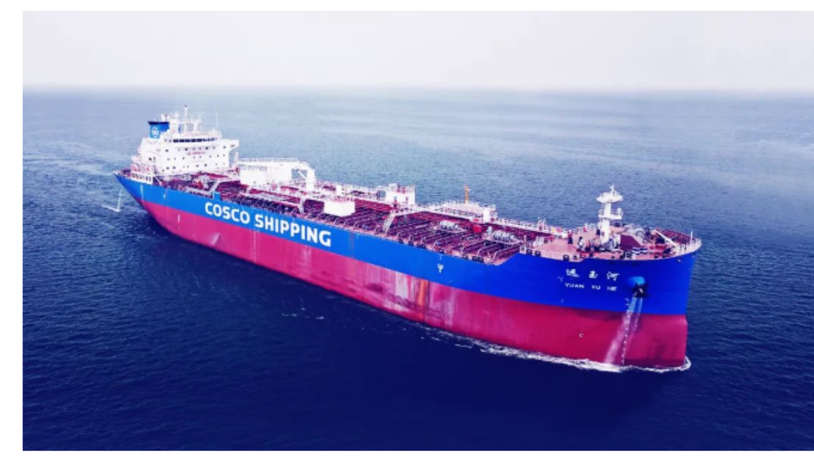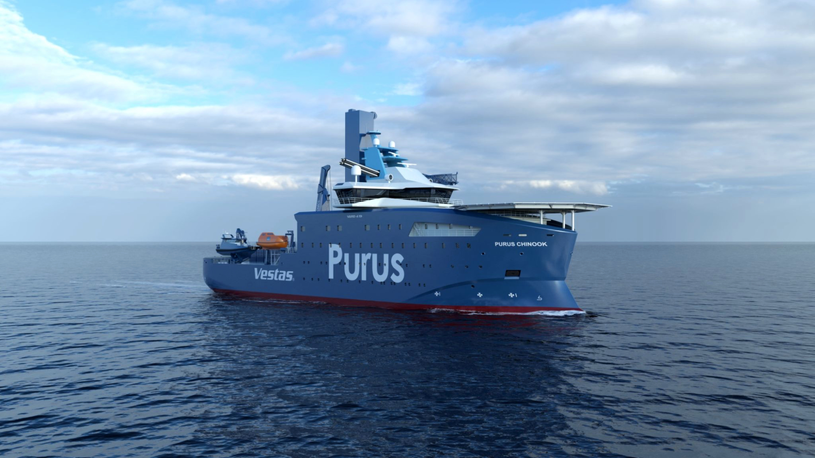Business Sectors
Events
Contents
Register to read more articles.
CCS and the world of shipping
Speaking after Riviera Maritime Media’s September CO2 Shipping & CCS Conference, Asia, held in association with DNV, its business director gas carriers and FSRU, Martin Cartwright explains why shipping is an integral part of the future CCS value chain
Carbon capture and storage (CCS) has arrived in the shipping industry through a need to meet decarbonisation targets.
When asked about the maturity of CCS technology for the shipping industry, Mr Cartwright explained that while CCS has been successfully deployed in land-based applications for years, its implementation on board ships is still in the early stages. He referenced the injection of compressed carbon dioxide into mature oil reservoirs by the oil and gas industry as an example of CCS in action. However, he emphasised there are ongoing projects focused on developing and adapting this technology for maritime use.
Mr Cartwright provided several examples of these projects, including Singapore’s Global Centre for Maritime Decarbonisation and its investigation into onboard CCS and CO2 offloading. Additionally, DNV and Petronas signed a memorandum of understanding to collaborate on CCS projects in southeast Asia. Notably, shipowner Solvang ASA and Wärtsilä have agreed to conduct a full-scale test of a carbon capture plant on board an LPG tanker. DNV has also issued an approval in principle to MOL, Petronas and SDARI for liquefied CO2 carriers, which are crucial components of the future CO2 value chain.
Further collaborations, such as the partnership between BASF and CSSC Power Group Co, aim to expedite the development of CCS technology for ships.
Discussing the methodology of capturing CO2 on board a ship, Mr Cartwright explained it involves capturing the gas from the exhaust using chemical absorption with amine solvents, similar to shore-based applications. The captured gas is then compressed, liquefied and stored in specialised tanks for offloading at in-port receiving facilities. He also mentioned the emergence of membrane separation technologies and mineralisation options as viable alternatives.
After the captured CO2 is offloaded, the success of maritime CCS hinges on the development of infrastructure in key ports worldwide to facilitate the transfer of the captured CO2. These ports would then connect with industrial networks for CO2 geosequestration or industrial use. Collaboration between the maritime sector and land-based infrastructure operators is crucial in establishing a global CO2 logistics and value chain. Certification schemes recognised internationally are necessary to ensure proper disposal of the CO2, as its emissions reduction must be acknowledged by the maritime industry.
CCS offers several benefits to the shipping sector. Firstly, it allows ships to continue using fossil energy in a sustainable manner, providing more time for research and testing of alternative fuels and energy sources. This extra time is invaluable as the industry seeks the best long-term propulsion technology and energy source. The transition to green energy poses a significant challenge, particularly for modes of transport that heavily rely on stored energy, such as ships and aeroplanes. IMO’s decarbonisation goal for 2050 leaves a limited timeframe for determining the types of ships to construct. CCS can serve as a solution to avoid making incorrect decisions in this critical period.
When it comes to the costs and economic feasibility, Mr Cartwright emphasised the initial challenges that accompany any significant technological transition.
Undoubtedly, CCS needs to be economically viable. Apart from the capex required for the onboard equipment, the major cost factors include the energy consumed during the CCS process, temporary storage costs, offloading expenses, costs associated with on-land transport, and sequestration expenses. Collectively referred to as the fuel penalty, these costs are projected to increase the opex by 10% to 40%, depending on factors such as CCS system type and size, CO2 density, carbon capture rate, and other relevant factors. Extensive research by DNV has been conducted on this subject. However, the maritime sector is still in its nascent stage with this technology, and more data is required to make more accurate cost predictions.
Shipowners considering decarbonisation through CCS should take into account the space and additional energy required for an onboard CCS system, which adds weight to the vessel. The CO2 capture rate of the design should align with the ship’s greenhouse gas (GHG) reduction goals throughout its operational life. Carbon pricing is another crucial factor to consider. For example, with shipping included in the EU Emissions Trading System (ETS), the cost of emissions allowances is rising, making CCS more attractive. Singapore has committed to limiting its peak emissions to 60M tonnes of CO2 equivalent by 2030 and will gradually increase its carbon tax. The country’s industrial clusters present numerous opportunities for CO2 capture and utilisation, and regional sequestration projects are being prepared.
However, noted Mr Cartwright, uncertainties remain, such as the future availability and pricing of green fuels, the fuel penalty, and the costs associated with CO2 offloading and sequestration, making it challenging to develop a business case. As emissions limits become stricter, there will be a significant demand for green fuels across industries. DNV research suggests that, in a scenario with a substantial price gap between fossil and green fuels and a high carbon tax, CCS could be a viable business case. Additionally, CCS offers greater flexibility, marketability and resilience against fuel price fluctuations, making it an option worth considering as a decarbonisation strategy.
Register now to discuss shipping and decarbonisation at the Maritime Decarbonisation, Europe: Conference, Awards & Exhibition 2023, which will be held 26 - 27 September 2023. Secure your delegate package here.
Related to this Story
AI, digital twins help design cyber-secure, green SOVs
Events
Offshore Support Journal Conference, Americas 2025
LNG Shipping & Terminals Conference 2025
Vessel Optimisation Webinar Week
© 2024 Riviera Maritime Media Ltd.





